What Is An Endoscopic Exam ?
An endoscopic exam is a medical procedure that involves the use of an endoscope, which is a flexible tube with a light and camera attached to it. This procedure allows doctors to visually examine the inside of a person's body, such as the gastrointestinal tract, respiratory system, or other organs. The endoscope is inserted through a natural body opening or a small incision, and it provides real-time images that help in diagnosing and treating various conditions. Endoscopic exams are minimally invasive and can be used for diagnostic purposes, as well as to perform certain treatments or surgeries.
1、 Definition and Purpose of Endoscopic Examination in Medicine
An endoscopic exam, also known as endoscopy, is a medical procedure that involves the use of an endoscope to visually examine the inside of a patient's body. An endoscope is a flexible tube with a light and a camera attached to it, which allows doctors to view and capture images of the internal organs and structures.
The purpose of an endoscopic exam is to diagnose, monitor, and treat various medical conditions. It is commonly used to investigate symptoms such as abdominal pain, gastrointestinal bleeding, difficulty swallowing, and respiratory issues. Endoscopy can be performed on different parts of the body, including the digestive tract (esophagus, stomach, and intestines), respiratory system (lungs and airways), urinary system (bladder and urethra), and reproductive system (vagina and cervix).
During the procedure, the endoscope is inserted through a natural opening in the body, such as the mouth or anus, or through a small incision. The camera on the endoscope transmits real-time images to a monitor, allowing the doctor to visualize any abnormalities or diseases. In some cases, additional instruments can be passed through the endoscope to perform biopsies, remove polyps or tumors, or treat certain conditions.
The latest point of view regarding endoscopic examination emphasizes its minimally invasive nature and its ability to provide accurate and detailed visualization of internal structures. This procedure has significantly reduced the need for more invasive surgeries, as it allows for precise diagnosis and targeted treatment. Additionally, advancements in technology have led to the development of high-definition endoscopes and advanced imaging techniques, further enhancing the diagnostic capabilities of endoscopic exams.
In conclusion, an endoscopic exam is a valuable tool in modern medicine for diagnosing and treating various medical conditions. Its minimally invasive nature, coupled with technological advancements, has made it an essential procedure in providing accurate and detailed visualization of internal organs and structures.

2、 Types of Endoscopic Exams: Upper GI, Colonoscopy, Bronchoscopy, etc.
An endoscopic exam is a medical procedure that involves the use of an endoscope, which is a flexible tube with a light and camera attached to it. This allows doctors to visualize and examine the inside of various organs and body cavities. The endoscope is inserted through a natural opening in the body, such as the mouth or anus, or through a small incision.
There are several types of endoscopic exams, each tailored to examine a specific area of the body. Upper gastrointestinal (GI) endoscopy is used to examine the esophagus, stomach, and the first part of the small intestine. It is commonly used to diagnose conditions such as acid reflux, ulcers, and tumors.
Colonoscopy is another type of endoscopic exam that focuses on the large intestine and rectum. It is primarily used for screening and detecting colorectal cancer, as well as investigating symptoms like abdominal pain, rectal bleeding, or changes in bowel habits.
Bronchoscopy is an endoscopic exam that examines the airways and lungs. It helps diagnose and evaluate conditions such as chronic cough, lung infections, and lung cancer. During a bronchoscopy, the endoscope is inserted through the nose or mouth and passed down into the lungs.
Other types of endoscopic exams include cystoscopy (bladder), hysteroscopy (uterus), and arthroscopy (joints). These procedures allow doctors to directly visualize and assess the condition of these organs and structures.
Endoscopic exams have revolutionized the field of medicine by providing a minimally invasive way to diagnose and treat various conditions. They offer several advantages over traditional surgical procedures, including shorter recovery times, reduced risk of complications, and less scarring. With advancements in technology, endoscopic procedures continue to evolve, allowing for more accurate diagnoses and targeted treatments.

3、 Preparation and Procedure for Endoscopic Examination
An endoscopic exam, also known as an endoscopy, is a medical procedure that allows doctors to examine the inside of the body using an endoscope. An endoscope is a flexible tube with a light and a camera attached to it, which is inserted into the body through a natural opening or a small incision.
The purpose of an endoscopic exam is to diagnose and treat various medical conditions. It can be used to examine the digestive tract, including the esophagus, stomach, and intestines, as well as other organs such as the lungs, bladder, and joints. During the procedure, the doctor can visualize the internal structures and take biopsies or remove abnormal tissues if necessary.
Preparation for an endoscopic exam typically involves fasting for a certain period of time before the procedure, as well as taking laxatives or enemas to cleanse the digestive tract. The patient may also need to stop taking certain medications that can interfere with the procedure. It is important to follow the doctor's instructions carefully to ensure a successful examination.
The procedure itself is usually performed under sedation or anesthesia to minimize discomfort. The endoscope is carefully inserted into the body, and the doctor navigates it through the targeted area while observing the images on a monitor. The entire process usually takes around 30 minutes to an hour, depending on the complexity of the examination.
In recent years, there have been advancements in endoscopic technology, such as the development of high-definition cameras and narrow-band imaging, which enhance the visualization of tissues and improve diagnostic accuracy. Additionally, there has been a growing interest in minimally invasive endoscopic procedures, such as endoscopic surgery and endoscopic ultrasound, which can be used for both diagnosis and treatment.
Overall, endoscopic exams have become an essential tool in modern medicine, allowing doctors to diagnose and treat a wide range of conditions with minimal invasiveness and faster recovery times. It is important for patients to discuss the procedure with their healthcare provider and address any concerns or questions they may have.
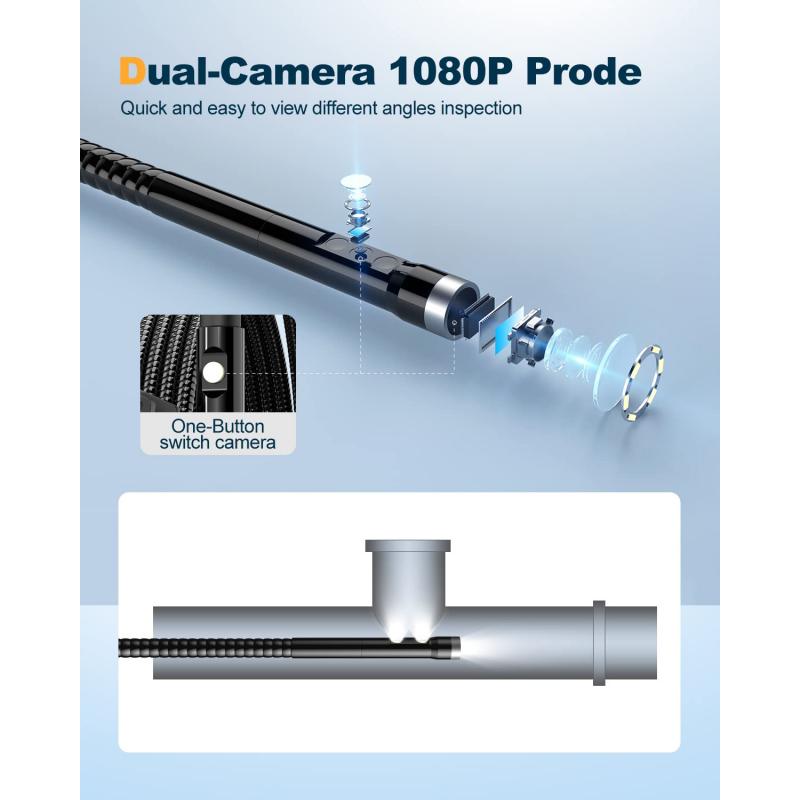
4、 Benefits and Risks of Endoscopic Exams
An endoscopic exam, also known as endoscopy, is a medical procedure that involves the use of an endoscope, a flexible tube with a light and camera attached to it, to visualize and examine the internal organs and structures of the body. The endoscope is inserted through a natural opening in the body, such as the mouth or anus, or through a small incision.
During an endoscopic exam, the doctor can view real-time images of the internal organs on a monitor and may also collect tissue samples for further analysis. This procedure is commonly used to diagnose and treat various medical conditions, including gastrointestinal disorders, respiratory issues, and urological problems.
The benefits of endoscopic exams are numerous. Firstly, they are minimally invasive, meaning they require smaller incisions or no incisions at all, resulting in less pain, scarring, and a quicker recovery time compared to traditional surgical procedures. Additionally, endoscopic exams provide a direct visualization of the affected area, allowing for accurate diagnosis and targeted treatment. They also enable doctors to perform certain therapeutic interventions, such as removing polyps or tumors, without the need for open surgery.
However, like any medical procedure, endoscopic exams do carry some risks. These risks include bleeding, infection, perforation of the organ being examined, and adverse reactions to anesthesia or sedation. However, the overall risk of complications is relatively low, especially when performed by experienced and skilled medical professionals.
It is important to note that the latest point of view regarding endoscopic exams includes advancements in technology and techniques, such as the use of high-definition imaging and robotic-assisted endoscopy. These advancements have further improved the accuracy and safety of endoscopic exams, allowing for better visualization and more precise interventions.
In conclusion, an endoscopic exam is a valuable medical procedure that offers numerous benefits, including minimal invasiveness, accurate diagnosis, and targeted treatment. While there are risks associated with the procedure, they are generally low, and advancements in technology continue to enhance the safety and effectiveness of endoscopic exams.











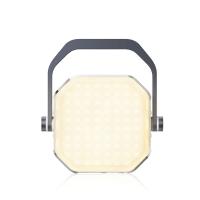



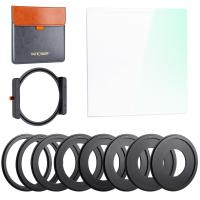



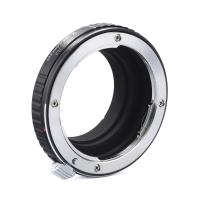

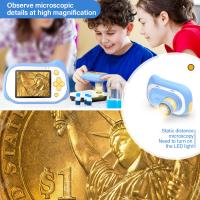








There are no comments for this blog.